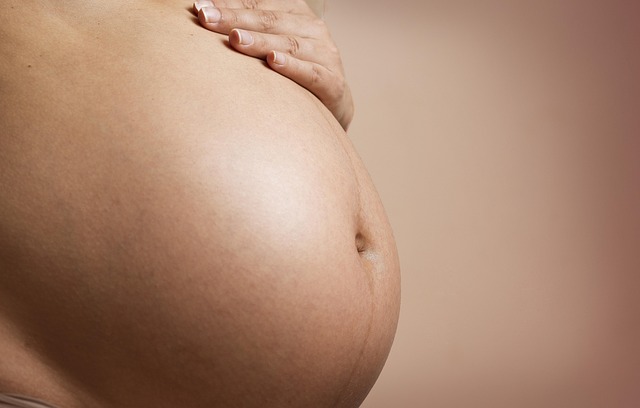Childhood trauma is an issue that affects countless individuals, often leaving deep psychological scars that persist into adulthood. The National Center for Victims of Crime reports that 1 in 5 girls face sexual molestation, an experience that can shape their mental health for years to come. I, too, faced such trauma during what should have been a carefree sleepover. Coerced into actions I knew were wrong, I felt trapped and powerless, leading to a cycle of shame and silence.
While sexual abuse is one form of trauma, it is by no means the only one. Children can experience a wide range of traumatic events including physical assaults, exposure to violence, chronic maltreatment, natural disasters, accidents, and emotional neglect. According to the National Child Traumatic Stress Network, 68% of children undergo at least one traumatic event by the age of 16, and while not all develop PTSD, many still grapple with emotional and academic challenges that can hinder their development.
The Ramifications of Childhood Trauma
The ramifications of childhood trauma can be profound and enduring. As I navigated through my formative years, the fear and shame I felt manifested in withdrawal and academic decline. I became the target of bullying, compounding my feelings of isolation and worthlessness. The emotional turmoil I experienced did not simply vanish upon reaching adulthood; it evolved and persisted, intertwining with my mental health in ways I could never have anticipated.
Research indicates that those who endure childhood trauma are often susceptible to anxiety, depression, and other mental health disorders. The Association for Psychological Science highlights a particularly concerning statistic: individuals who faced childhood trauma are at a significantly higher risk for developing debilitating depression later in life. Studies reveal that early-life stress can even alter neurobiological systems related to mood regulation, further complicating recovery efforts.
Finding Hope and Healing
Despite the overwhelming nature of these challenges, there is hope. I eventually sought help through a combination of cognitive behavioral therapy and psychiatric medication, which has allowed me to find a semblance of peace. A range of treatment options is available for those suffering from PTSD or related conditions. These include prolonged exposure therapy, cognitive processing therapy, and eye movement desensitization and reprocessing (EMDR), a method that has shown promise for many survivors.
The Importance of Support
Childhood trauma is a complex issue that requires understanding, support, and effective intervention. Many children are currently facing the aftermath of traumatic events such as natural disasters or violence, and they need secure environments and proper resources to process their experiences. As a community, we must recognize that these young individuals cannot simply “get over it.” They require assistance, counseling, and the assurance of a stable support system to mitigate the long-term effects of trauma.
Conclusion
In conclusion, childhood trauma does not simply dissipate with age. It requires attention, intervention, and the compassion of those around us to heal. For more information on navigating the journey of parenthood and home insemination, check out this post about at-home insemination kits. For those considering fertility treatment, reputable resources like Johns Hopkins Medicine’s Fertility Center can provide valuable guidance.
Keyphrase: childhood trauma recovery
Tags: [“home insemination kit”, “home insemination syringe”, “self insemination”]
